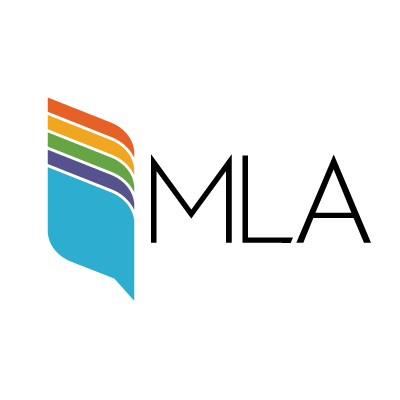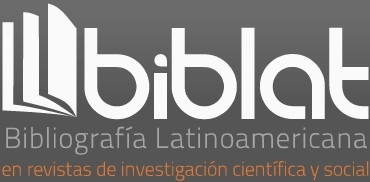Potentialities of the Greimasian Narrativite
DOI:
https://doi.org/10.35494/topsem.2017.1.37.481Keywords:
semiotics, narrative, anthropogenesis, drive, thymiaAbstract
Having been the epicenter of Algirdas Julien Greimas’ reflections
on Semiotics since its origins, the narrativity is here
investigated in three propositive directions: (i) To understand
the implicit tensivity in the Greimasian narrative model, from
Claude Zilberberg’s heuristic proposals; (ii) to incorporate into
narrativity —conceived as the anthropology of human imaginary—
the thymic-drive regime, as defended by Jean Petitot;
(iii) to suggest the entry of semiotics point of view into the
debate over the “great stories of anthropogenesis” —such as the
scientific-evolutionary narratives of human species, the humanist
narratives of the “human exception”, the phenomenological
narrative of “anthropological difference”, among others— to instruct
such debate with the proposal of a “semiological narrative”
that evidences the fundamental presence and action of language
in this anthropogenesis.
Downloads
References
BEIVIDAS, Waldir (2003). “Corpo, semiose, paixão e pulsão. Semiótica e metapsicologia”. Perfiles Semióticos. Mérida, Venezuela: Ediciones del Rectorado, pp. 43-61.
___________ (2014). “Una epistemología discursiva en construcción: la teoría semiótica inmanente entre la percepción y la semiocepción”. Tópicos del Seminario, Revista de Semiótica, núm. 31. La inmanencia en cuestión I. Puebla, México: BUAP, pp. 139-159.
___________ (2016). « La sémioception et le pulsionnel en sémiotique. Pour l’homogénéisation de l’univers thymique ». Actes Sémiotiques, núm. 116 [en línea] [http://epublications.unilim.fr/revues/as/5613].
BERTRAND, Denis. (2014). « Narratologie, narrativité et régimes d’immanence ». Actes Sémiotiques, núm. 117. [http:// epublications.unilim.fr/revues/as/5197].
BIMBENET, Etienne (2011). L’animal que je ne suis plus. París : Gallimard.
DERRIDA, Jacques (2006). L’animal que donc je suis. París : Galilée.
DURAND, Gilbert (1984). Les structures anthropologiques de l’imaginaire, 10. ed. París : Dunod.
GREIMAS, Algirdas Julien (1966). Sémantique structurale: recherche de méthode. París : Larousse.
___________ (1973). « Les actants, les acteurs et les figures ». In Chabrol, Cl. Sémiotique narrative et textuelle. París : Larousse, pp. 161-176.
___________ (1976). « Pour une théorie des modalités ». Langages, núm. 43, pp. 90-107.
___________ & COURTÉS, Joseph (1979). Sémiotique. Dictionnaire raisonné de la théorie du langage. París : Hachette.
___________ & FONTANILLE, Jacques (1991). Sémiotique des passions : des états de choses aux états d’âme. París : Seuil.
HJELMSLEV, Louis (1966). Le langage. París : Minuit.
MERLEAU-PONTY, Maurice (1960). Signes. París : Gallimard-Folio Essais.
___________ (1969). La prose du monde. París : Gallimard.
PETITOT, Jean (1985a). Morphogenèse du Sens I. París : PUF.
___________ (1985b). « Les deux indicibles ou la sémiotique face à l’imaginaire comme chair ». In Parret, H., et Ruprecht, H. G. (eds.). Exigences et perspectives de la sémiotique (Recueil d’hommages pour Algirdas Julien Greimas) II. Amsterdam: John Benjamins, pp. 283-305.
PROPP, Vladimir (1970). Morphologie du conte. París : Poétique/Seuil.
SALMON, Christian (2007). Storytelling. La Machine à fabriquer des histoires et à formater les esprits. París : La Découverte, coll. « Cahiers libres ».
SAUSSURE, Ferdinand de (1975). Cours de linguistique générale. París : Payot.
SCHAEFFER, Jean-Marie (2007). La Fin de l’exception humaine. París : Gallimard, coll. NRF Essais.
ZILBERBERG, Claude (1988). Raison et poétique du sens. París : Presses Universitaires de France.
___________ (2006). Éléments de grammaire tensive. Limoges : Pulim.
___________ (2012). La structure tensive. Lieja : Presses Universitaires de Liège.
Published
How to Cite
Issue
Section
License

Tópicos del Seminario is licensed under a Creative Commons Reconocimiento-NoComercial-CompartirIgual 4.0 Internacional License.














